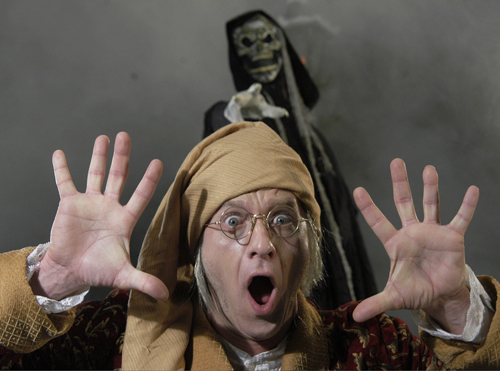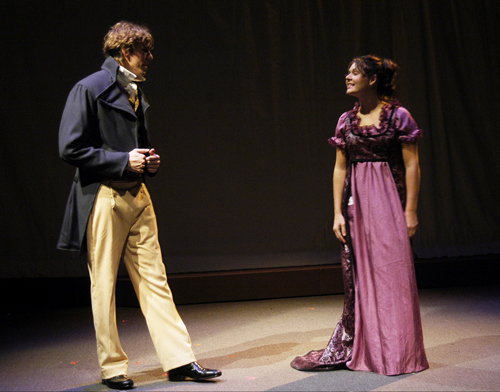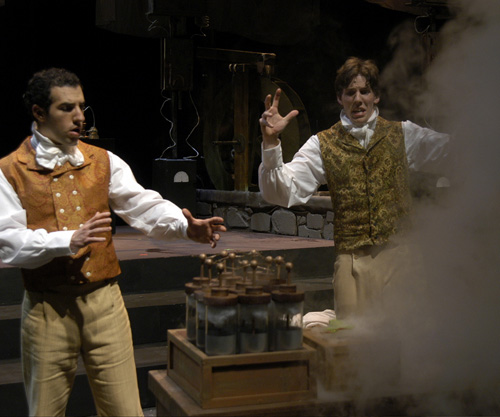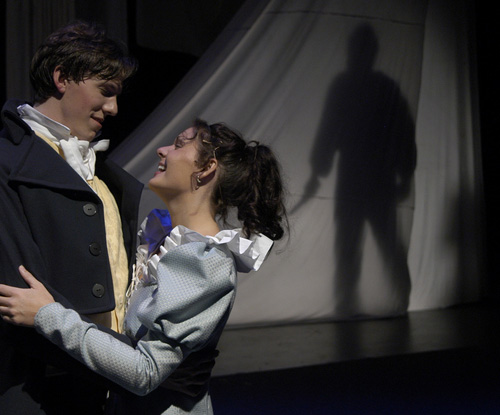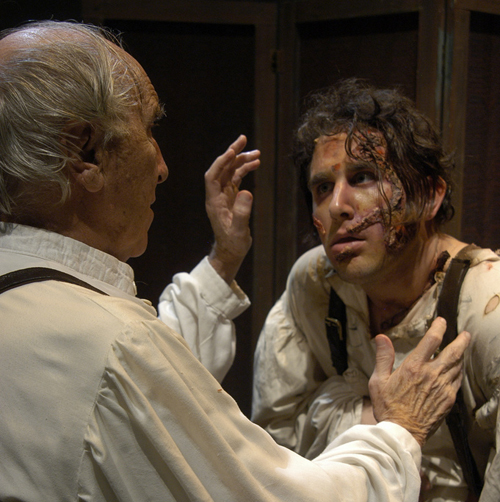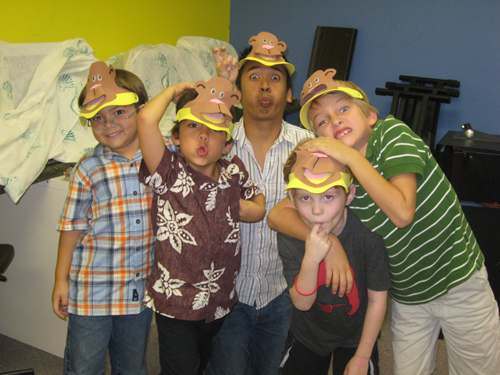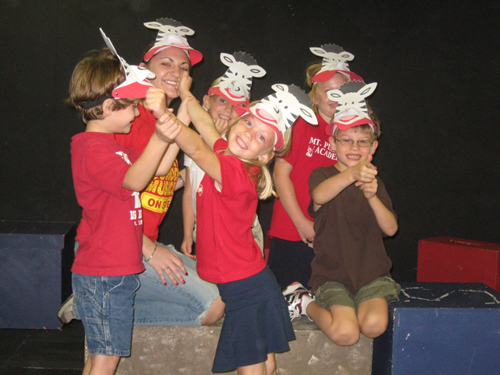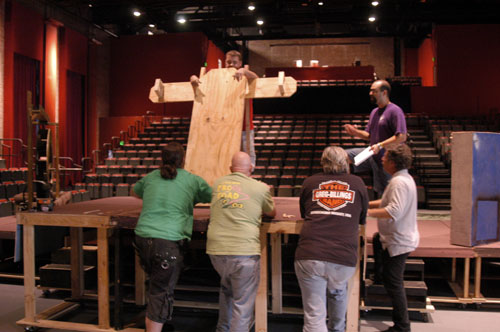(The following interview was between Playwright Julian Wiles and Katie Ekozar, a Senior at the College of Charleston who is majoring in Communications and minoring in History)
KE: What inspired you to create this adaptation?
JW: We had done a version of Frankenstein 10 years ago that I wasn’t happy with and began looking for other adaptations, None that I found really reflected the novel well, and they especially seemed to miss Shelley’s Creature. So, last May I started my own version.
KE: Could you please explain a little about your creative process, and what choices you made in creating this particular project?
JW: I read 5 stage adaptations, the original novel, several books on the history of Frankenstein, its adaptations, watched the classic James Whale films and Mel Brook’s Young Frankenstein, and then I set to work. I had a great annotated version of the book that really helped. In this case I wrote a scenario or treatment first (I don’t always do that, but since this drew on an original text I found it helpful). I set a goal for myself, 5-7 pages a day.
When I got a rough draft together, I gathered the cast (I knew I was writing specifically for our resident acting company which helped) and we read it out loud. There were discussions, I made a LOT of notes and began rewriting.
A few weeks later, I had another draft and we read that one too. It was in these readings that the idea for multiple narrators came up and also the use of more shadowplay.
About this time the set was also designed, which led to some structural changes to make scenes flow easily from one to another. Once we decided to have a curtain for the lab, I further expanded the shadowwork.
KE: At the beginning of the project, what was your main purpose or “spine” of the project?
JW: A few scenes I knew I wanted early on. I knew I wanted to explain what drove Victor to create his monster . . . from the book comes how he was shaken by his mother’s death, the power of lightning. These led to early scenes in the play. I also have always loved science and the history of science and used that interest to build Victor’s experiments (which are based on real experiments.)
The spine though is the Creature. When you read the novel after seeing other adaptations you see that Mary Shelley’s Creature is far more complex, intelligent and interesting and, more than anything, that’s what I wanted to bring to the stage, especially how he grows and develops over the course of the story.
KE: What made you select the cast that you did? What influences did they contribute to the project?
JW: The cast was encouraged to make suggestions, talk about their characters, make suggestions for line changes. We made HUGE numbers of line changes, often a word or two, different phrasings, etc. during the first few weeks of rehearsal. Plays are written for “the hear” and it’s essential to make adjustments when you hear it out loud.
KE: What inspired you to use the set that you did? What made you choose the thrust-stage format?
JW: We knew we would be in this new space and the thrust configuration (which I’ve always wanted to use, so the set was based on the space really). The play was structured to fit it. We knew the lab would be central and needed a way for it to disappear too. The original ending was in the lab but I really wanted to go to the Arctic as Mary Shelley had.
KE: Were there any major obstacles you faced in the project? If so, what were they and how did you overcome them?
JW: The biggest obstacle was not to let the special effects, elaborate sound and lighting design take over the play. They are important and add so much, but they took a huge amount of time. We worked very hard to have the play ready before we added the effects and that seemed to pay off. In the writing, the challenge was to use as much of the original story but also to reference the famous movies (mainly through the Creation of the creature thru electrical devices—Shelley doesn’t tell us how Victor did it) and to condense the rambling plot.
KE: What was the main message you wanted the audience to receive
from the project?
JW: I didn’t really start with a message but ended up with one. It evolved in the writing itself. To me the message is that monsters are made in the way we treat them. This may not always be the case, but it often is. The Creature to me is a reflection of mankind with his capacity and urge to learn both good things and bad things.
KE: Are you pleased with the final result of your project? Why or why not? And do you feel that the end result accurately reflects upon your initial purpose?
JW: I’m very pleased with the outcome. I wanted to illuminate the story in a new way, to get people to look at this Creature and to see themselves, all of us reflected in his flaws. Audiences seem to leave discussing the Creature and how different he was from what they expected and to me that’s the best review. As I said earlier, what the play means and has become happened in the process and didn’t necessarily come from preconceived notions or themes. Writing for me is discovering, exploring and following where that exploration leads.

